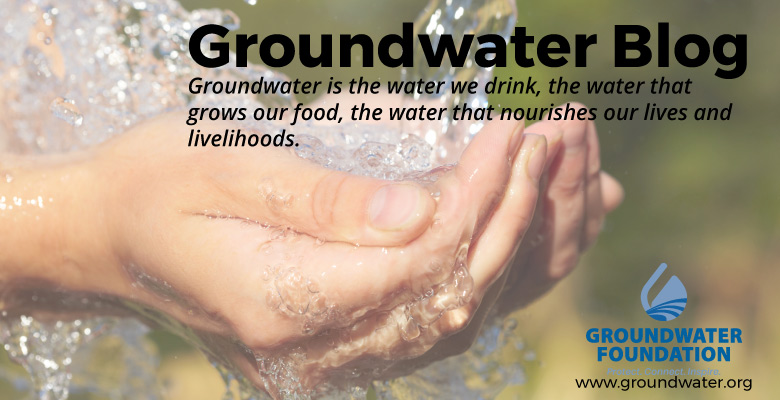 1. Meter Class. The class off the water meter indicates at what flow rate the water meter meets the common accuracy features. Classes of water meter range from low (small, Class A meters, used in most residences) to high (Class D) degrees of accuracy at detecting very low flow rates.
1. Meter Class. The class off the water meter indicates at what flow rate the water meter meets the common accuracy features. Classes of water meter range from low (small, Class A meters, used in most residences) to high (Class D) degrees of accuracy at detecting very low flow rates. 2. Average Daily Consumption (ADC). The ADC is an average of your water consumption over the course of the billing period. On average, the ADC per person is 55 gallons. If you track your usage with ADC, you can detect leaks earlier or proactively work to reduce your water use.
2. Average Daily Consumption (ADC). The ADC is an average of your water consumption over the course of the billing period. On average, the ADC per person is 55 gallons. If you track your usage with ADC, you can detect leaks earlier or proactively work to reduce your water use.
3. Consumption History. Your utility bill may be nice enough to include a handy graph or chart with your water bill, essentially tracking your usage for you. Again, this may help you detect leaks or identify times of the year where you need to make more of an effort to reduce water consumption.
4. Meter Readings in CCF. Your water provider wants to accurately bill you for the water you use and will usually check your meter once every one to two months. In some places, conditions may prevent Utility personnel from reading your meter and instead, they use your consumption history to estimate your total water usage. If your meter reading is an estimate, you can request someone to come out and obtain an actual meter reading. Meter readings are taken by subtracting the volume at the end of a billing period from the volume at the beginning of that same billing period. Water usage is measured in CCF, or 100 cubic feet. In this sample water bill, the meter registered 8 CCF, or 800 cubic feet, of wastewater and 0 CCF of yard water during the course of the billing period.
Check out your water bill today and try to identify these 5 pieces of information. Now you know how you can use your water bill and start saving money and water.



No comments:
Post a Comment